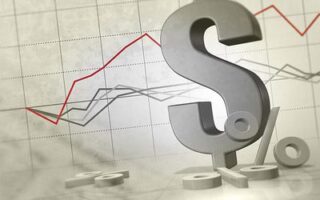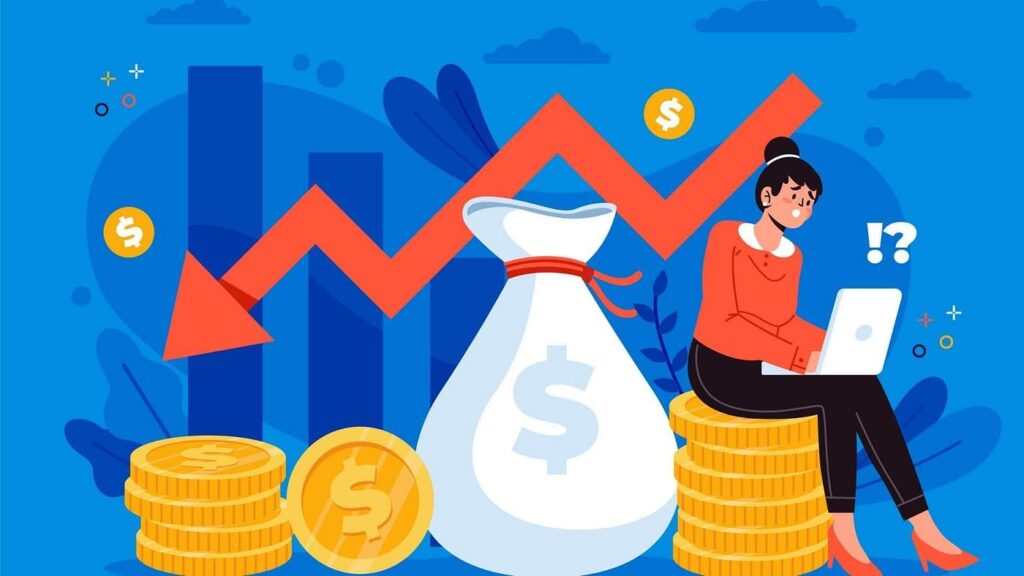LAND USE PLANNING: BALANCING ECONOMIC DEVELOPMENT AND CONSERVATION
LAND USE PLANNING: BALANCING ECONOMIC DEVELOPMENT AND CONSERVATION Land Use Planning: Balancing Economic Development and Conservation Land use planning is a crucial framework that seeks to harmonize two pivotal objectives: fostering economic development while ensuring the preservation of natural resources. It involves a strategic approach to allocating and managing land resources efficiently, considering diverse needs […]
LAND USE PLANNING: BALANCING ECONOMIC DEVELOPMENT AND CONSERVATION Read More »












